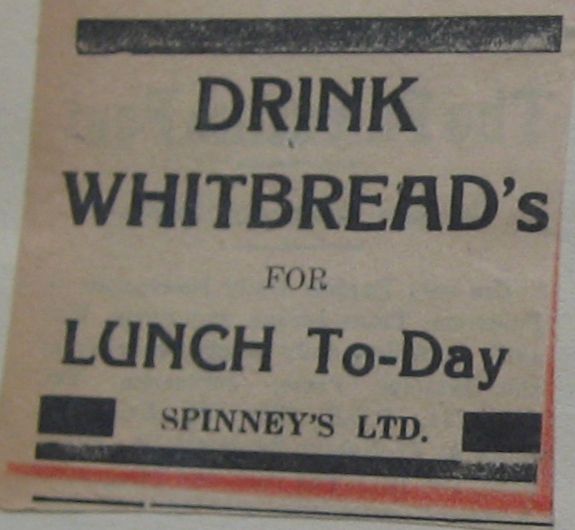"On festive evenings the tables of the Volksgarten are always dotted with giant glasses of that excellent beer which, like Bohemian pheasants, Hungarian Tokay, and Styrian iron, is an article that cannot be matched out of Austria. The empire has above 3,200 breweries, and the product of the mash-tuns, besides comforting millions of thirsty souls, helps the country's revenues with the duty levied on it as an article of primary consumption ; and if the flavour of the bottled liquid could be brought up to that of the draught, Austrian competition would surely endanger the prospects of Burton-upon-Trent. It appears, indeed, that in Paris and elsewhere the so-called " Leitmeritzer " begins to be a dangerous rival to pale ale. The biggest Austrian brewery, viz. that of Dreher, at KleinSchwechat, near Vienna, cannot, however, compare in importance with one of our great English establishments. Barclay and Perkins brew at least 14,000,000 gallons a year, and employ 1,800 hands, while Dreher may brew 5,000,000, and employs 800 hands. The total amount of beer annually made in Austria is 172,000,000 gallons, or less than one-third of the British yield, and hardly 15 per cent. more than that of little Bavaria. On this showing the Bavarians should be terrible topers, but a comparatively large quantity of their product travels abroad. The Austrian malt liquor is not, except in the cities, a common drink for the humbler classes; for wine, even out of the grape countries, is a cheaper beverage. Tastes can neither be disputed nor described, and so these whose ill-luck has prevented them drinking Vienna beer must be satisfied to hear that it is less bitter, less capiteux, and more ethereal in flavour than Bass and Allsopp, weaker in alcohol, and more neutral in taste than other German beers—above all, that, when poured into a glass fresh from a cask just brought up from the ice-cellar, it glows like fluid amber, and is crowned with a delicate beading of bubbles, which are true bubbles of the air, and not like the soapy foam of Scotch ale, bubbles of the earth. To sip from a glass of Lager, puffing wreaths from a cigarette of choice Latakia, while you gaze vaguely up to a sky flaming with the gold and crimson of a Danubian sunset, and catch the rhythm of waltzes and mazurkas—this is the perfection of ignorant and mechanical bliss. And nowhere else is such blessedness so surely to be found. For here is material luxury enough to lap the being into a Sybaris of indolence and delight, no beauty but the beauty of the heavens to trouble the vision, no sound but the hum of silver voices and the voluptuous pulsations of music to agitate the ear. Here no monumental splendours beckon up the ghosts of vanished greatness to agitate tho spirit with tales of the glorious and good, no enchanting breath of the balmy south melts the heart to poetry, romance, and love. Such feelings, sublime or soft, are far from the Volksgarten, far from Vienna. The genius of the place is one who bids you live while you live, for to-morrow you die. And by living he means the life of the body and the death of the soul—eternal jollity of the superficial sort—eating, drinking, dancing, gambling, with all the round of the pastimes that best help to dumb forgetfulness of whatever might enlarge and educate the mind."
"The Cornhill Magazine vol XIV", 1866, pages 757-758.
I liked the bit about Lager being an emerging rival to Burton Pale Ale. How prescient the author was.
Judging by the description of it being 'like fluid amber", I would guess this is proper Vienna Lager the author is decribing. That is, an amber-coloured beer.






































































































